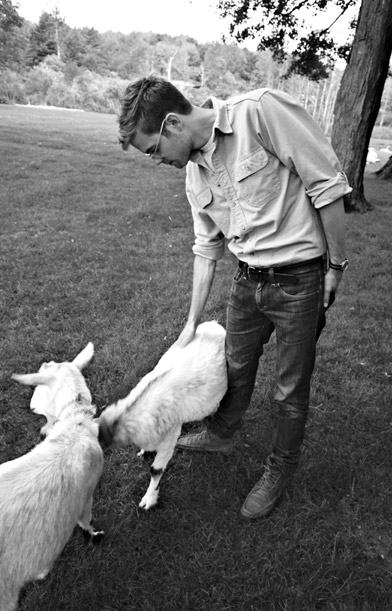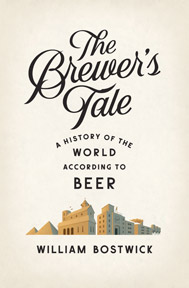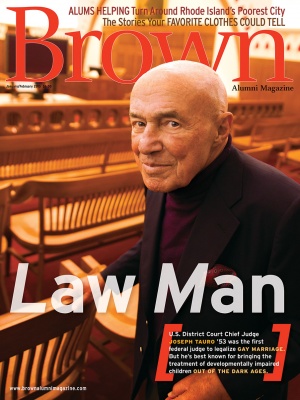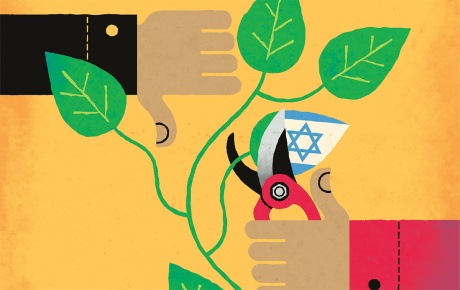When William Bostwick ’07 sits down to tell the history of beer through 5,000 suds-drenched years of human civilization, he does so with the uneven energy and the rambling narrative line of the classic barroom yarn, as if told from a stool in a dimly lit Pacific brew pub.


Bostwick, who went from novice drinker to experimental home brewer to beer columnist in less than a decade, draws on his network of beer aficionados as he makes a compelling case that beer is the commodity that best binds the diverse strands of human experience—much more so than bread or wine, say. After all, beer is where the earth’s rich harvest meets the drumbeat of industrial technology, and the end product has long been a hearty source of sustenance, not to mention inspiration for spiritual seekers, with its intoxicating kick.
At his best, Bostwick briefs us on the role that beer played in the shamanistic rituals of northern Europe in early medieval times; then he introduces us to real, in-the-flesh shaman Brian Hunt, a mad chemist off a dusty dirt road in California’s Sonoma County, who ferments magic elixir from the bark of local trees. It is here that the author convinces us that, while the golden history of beer may go back fifty centuries, the fullest-bodied chapter of The Brewer’s Tale may be the one that’s brewing right now.
Read Will Bunch's interview with William Bostwick here.





